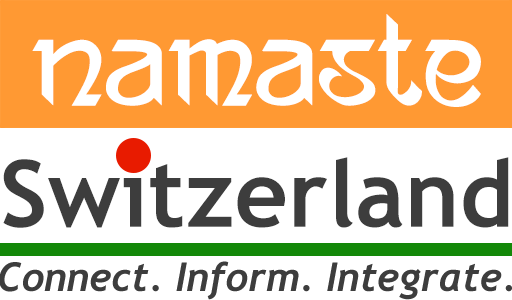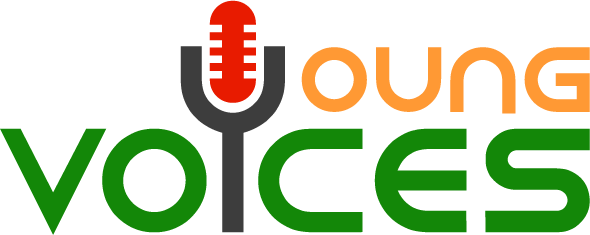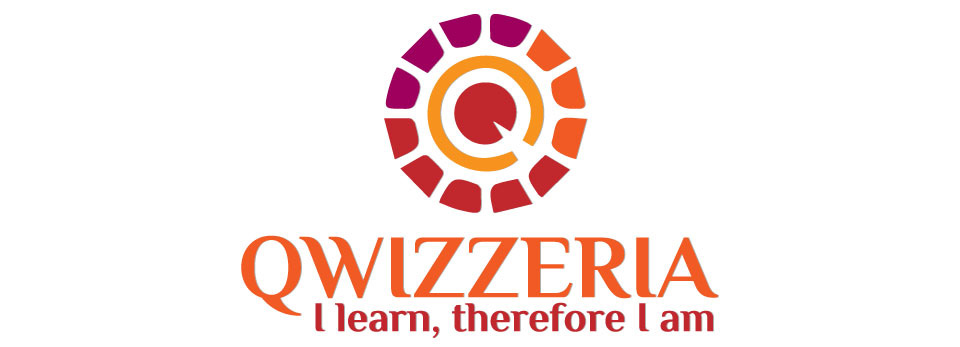“Kids have to be exposed to different things in order to develop. A child’s not going to find out he likes to play a musical instrument if you never exposed him to it” – Temple Grandin
My first language as a mother of an autistic boy is not Hindi, English or German, it is the language of Autism.
If we need to see changes in a person’s behavior, we must change the behavior of the environment around us – and I live by this notion; especially as far as autistic children are concerned. They are overly sensitive to their environment and a recreational intervention that gives them pleasurable sensory experiences can help them function better as individuals.
Snoezelen therapy
This is one approach that offers a controlled multisensory environment for people with autism and other developmental disabilities, dementia, or brain injury.
The Snoezelen Room is created on the basic principle of placing the person in a soothing and stimulating environment. These spaces are specially designed to deliver stimuli to the concerned person’s various senses by using lighting effects, colours, sounds, music, etc.

With regard to an autistic child, this therapy helps the child function better in everyday life. The concept originated in the Netherlands in the 1970s and has been institutionalized in many countries all over the world. The word ‘Snoezelen’ comes from a mix of the Dutch words “snuffelen” which means to snuggle, sniff and “doezelen” which means to doze or snooze.
The child is always accompanied to the Snoezelen Room with an aide or an enabler who needs to be closely involved with the child and the multi-sensory environment. This ensures an atmosphere of trust and relaxation. This stimulating environment does not aim to teach specific skills to the child but provides the child with a general feeling of resting and quiet. The autistic child has the choice opportunities for relaxation, restoration, and refreshment without any pressure and can enjoy the stimuli and sensory experience to the fullest.
The research and study carried out on the basis of this therapy in Belgium have shown positive results. There was a 50% decrease in distress and stereotypical behavior and a 75% decrease in aggression and self-injury when nine severely autistic kids were placed in a Snoezelen environment.

Snoezelen corner
A small snoezelen corner can be created in the room of every autistic child by placing a mirror, fiber optic light bundles, bubble tubes, essential oils, waterbed and a play tunnel. This helps them explore the artificially created environment full of visual stimulus without any stress and anxiety.
My son Advay has this facility at his school, Stiftung Kind und Autismus in Urdorf. It really helps him calm down and enjoy the spatial configurations and stimulus arrangements along with some tactile fun. This also helps encourage verbal and non-verbal communication, boosts self-esteem and the children have an increased understanding of the cause and effect relationship.
I’d recommend that Autistic families should certainly try out this approach. It’s worth it!
Disclaimer: Opinions expressed belong solely to the content provider. Namaste Switzerland does not undertake any financial/reputational/legal/misrepresentational impact or other obligations/ liabilities that may arise from the content.












